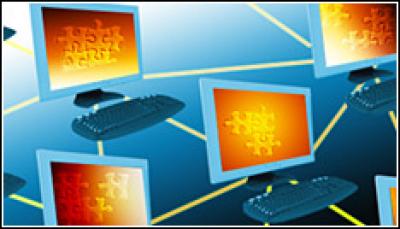In what sounds like a plot straight out a James Bond movie, a computer expert in Bath has been issued a key that will “restart the Internet”, in the event of it being knocked offline by a terrorist attack or other catastrophic event.
Paul Kane is chief executive of CommunityDNS, an Internet management company, and was chosen by ICANN as the key holder (or Trusted Community Representative – TCR) for Western Europe.
Six other people from around the world have also been chosen to take charge of one of the keys. The key holders are based in Britain, the US, Burkina Faso, Trinidad and Tobago, Canada, China, and the Czech Republic.
Secure Location
The ‘key’ is in fact two smart cards embedded with a fragment of a security code. A video of the key signing process and an explanation of the process of the key creation, is available here.
 The idea is that, if the Internet was knocked offline, (or more accurately if the DNSSEC or domain name system security were to collapse), Kane would need to travel to a secure location in the United States. There he would meet a minimum of five other key holders and together they will recover the master key.
The idea is that, if the Internet was knocked offline, (or more accurately if the DNSSEC or domain name system security were to collapse), Kane would need to travel to a secure location in the United States. There he would meet a minimum of five other key holders and together they will recover the master key.
If any of the keyholders are unable to travel for whatever reason, a series of spare key cards are held on site, and can be used by designated personnel.
“I’m honoured and excited to be recognised for past achievements and current contributions to global Internet security,” Kane told the BBC.
Kane is part of a team that has spent 10 years working on a security system (DNSSEC or Domain Name System Security Extensions) that companies can use to make their sites more secure.
Not Entire Internet
In reality however, despite what some are claiming as the ability to ‘reboot the entire Internet’, Kane’s fragment of the key instead safeguards the ability to reboot the secure systems that underpin parts of the Internet, i.e. the part that ensures that web users are directed only to genuine websites.
With up to eight percent of Internet traffic believed to be fraudulent, the DNSSEC system helps identify fraudulent websites.
Back in December last year, for example, the DNS (Domain Name System) settings for Twitter.com were hijacked, resulting in roughly 80 percent of the traffic from the site being redirected to a site purporting to be under the control of the Iranian Cyber Army.




